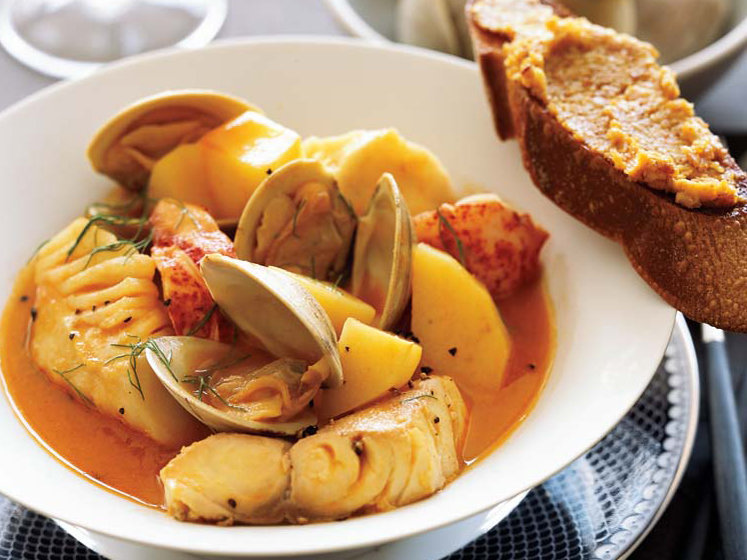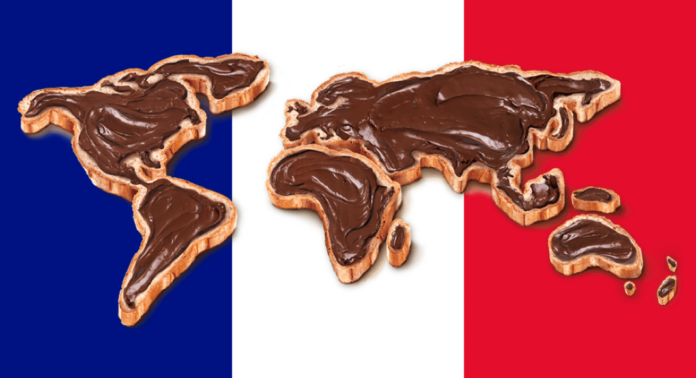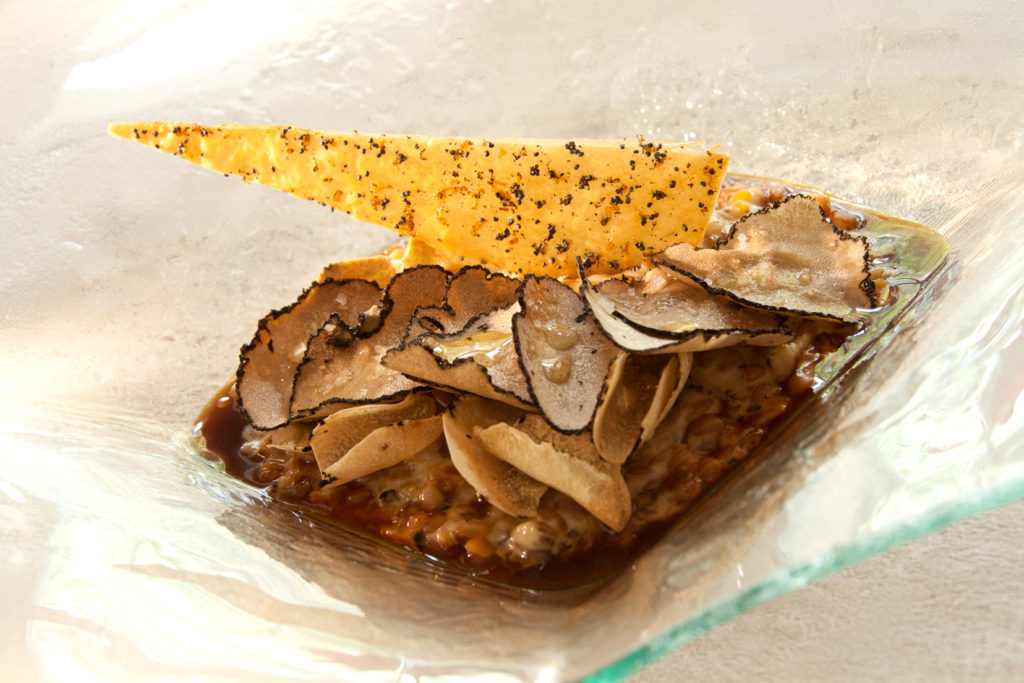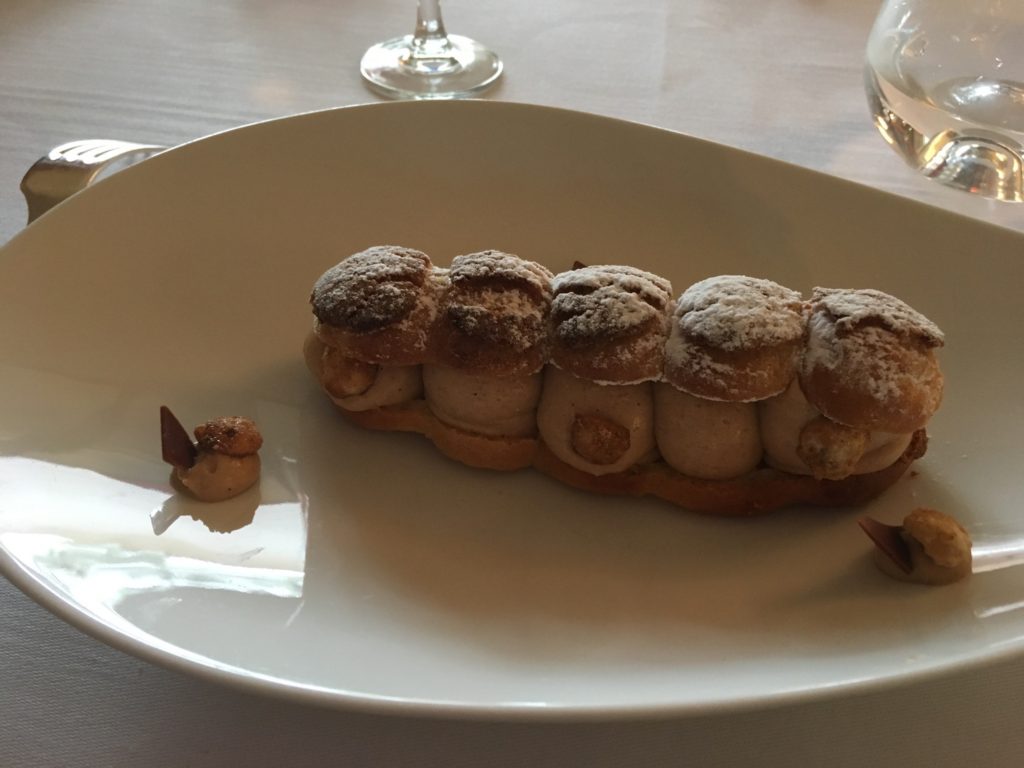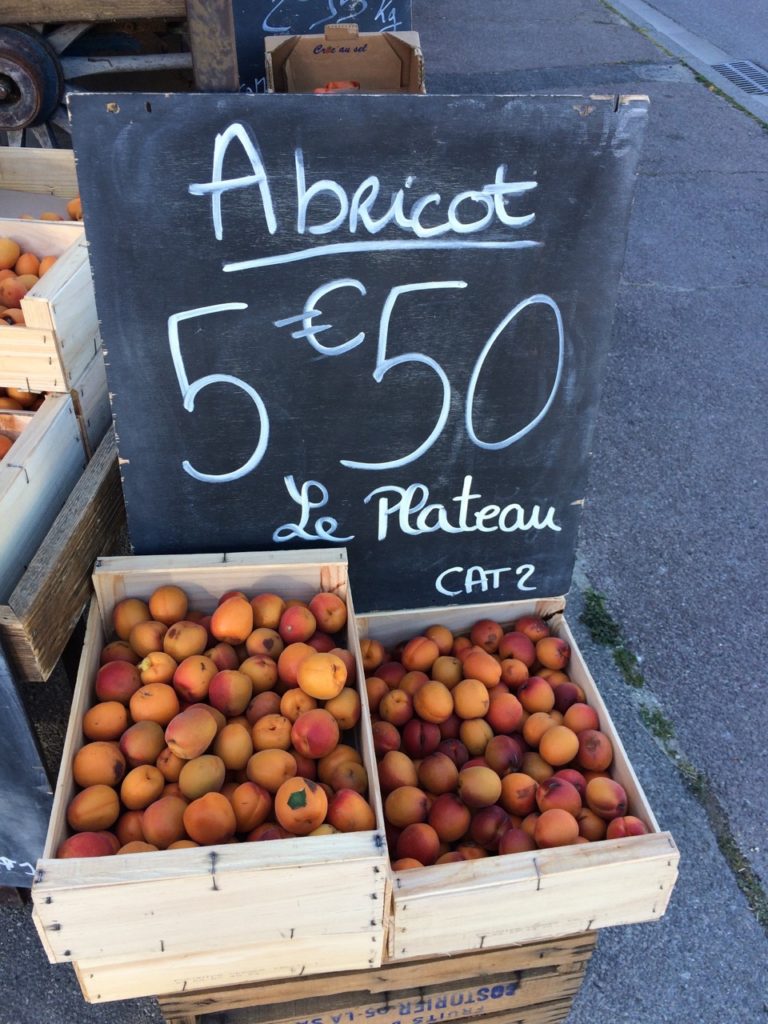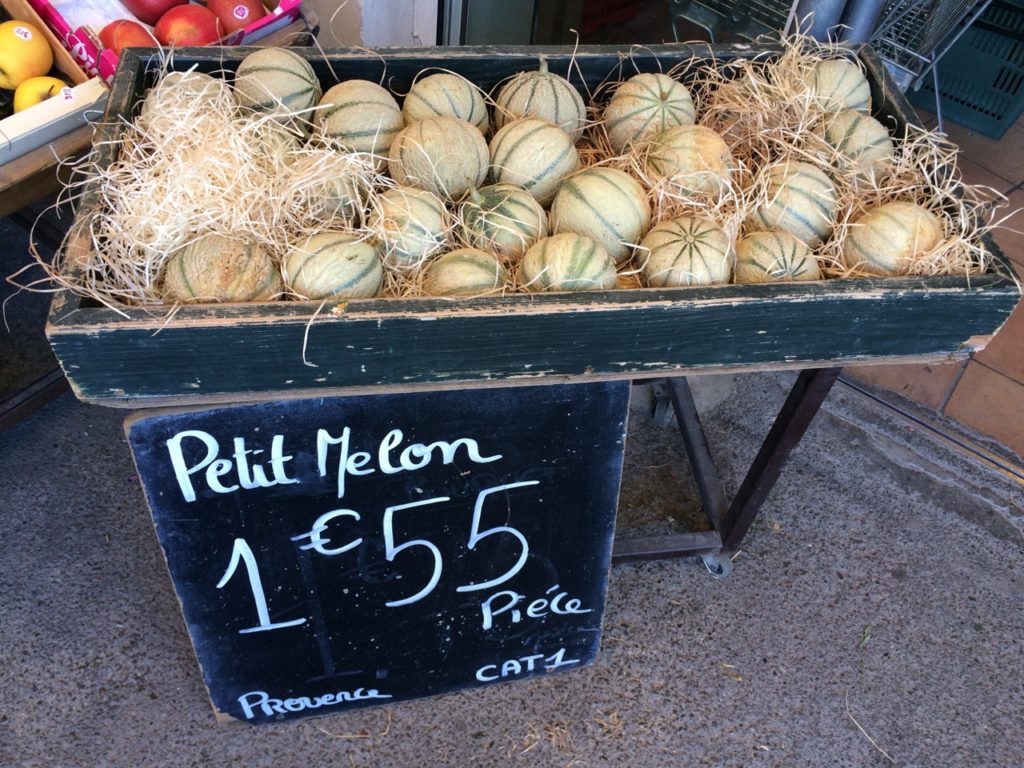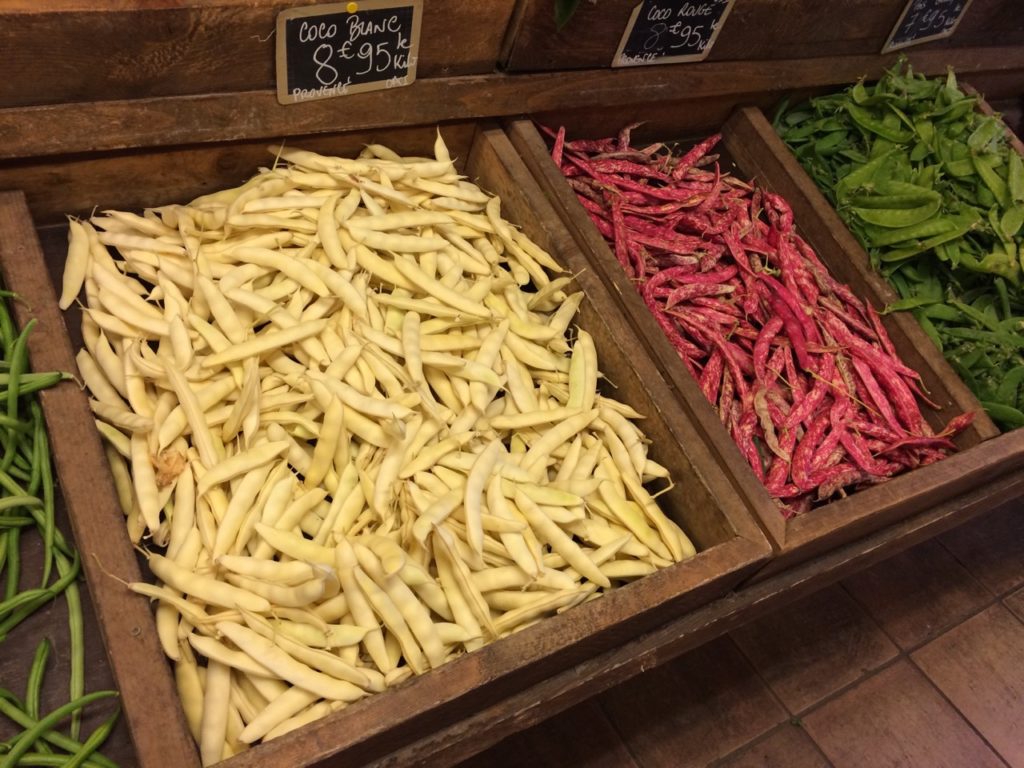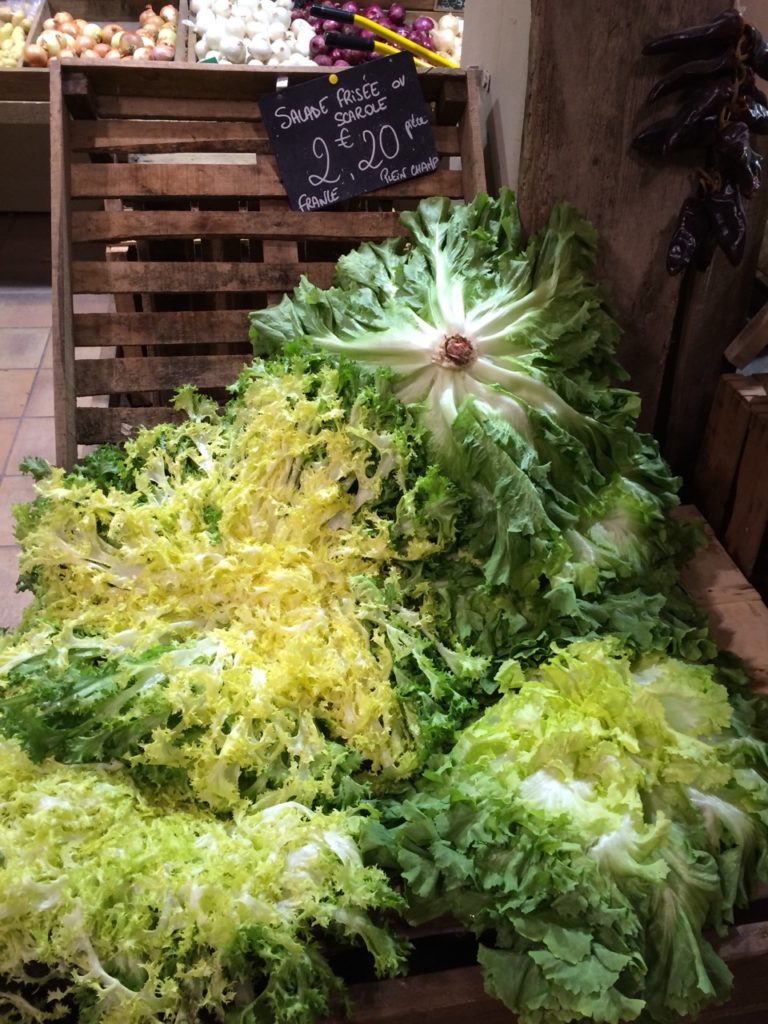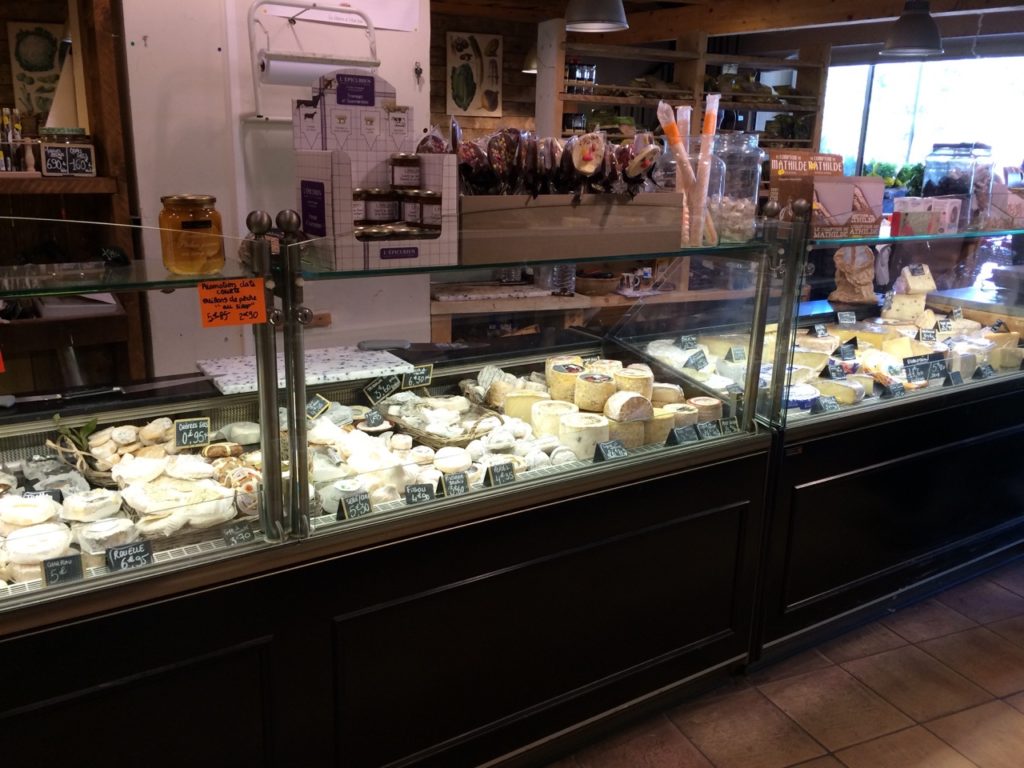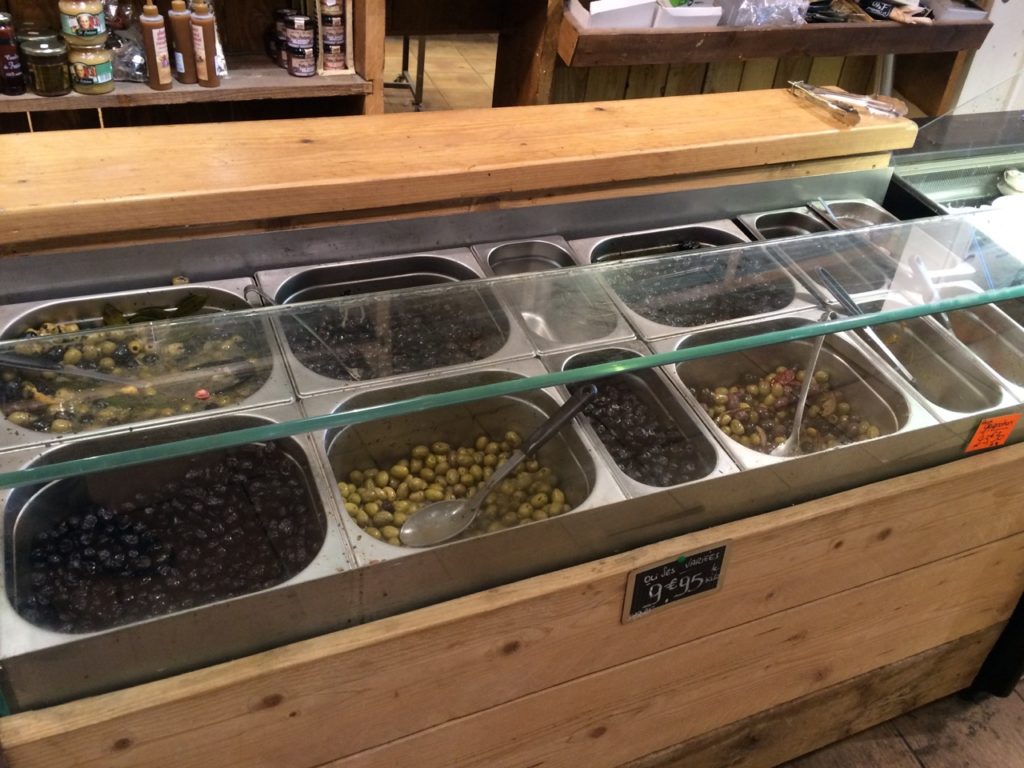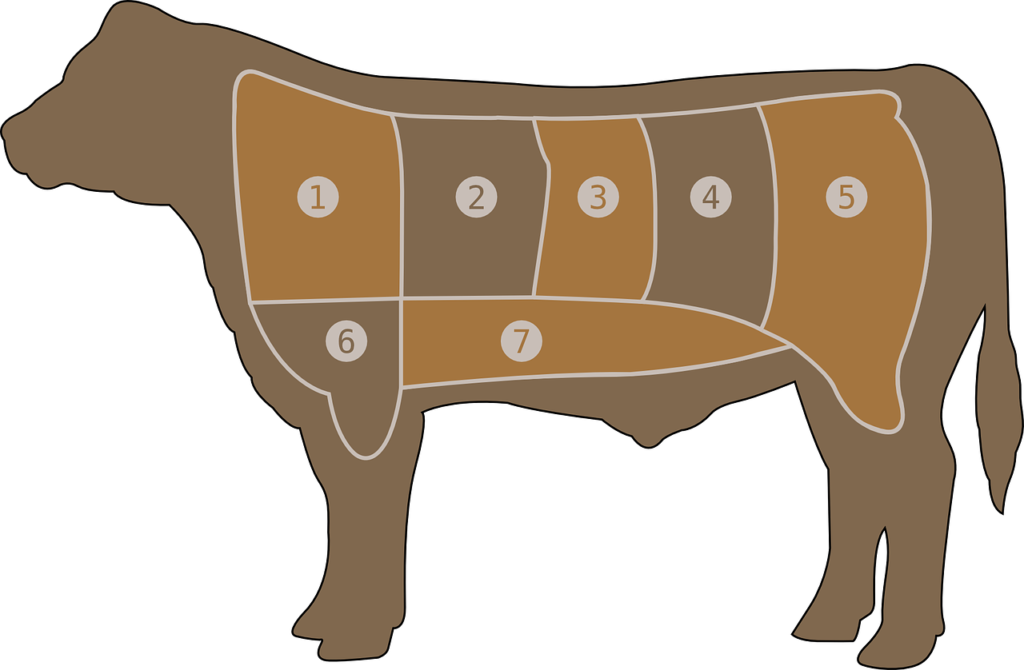
A French town without a baker – can you imagine such a thing? Everyone would move away!
A butcher is almost as important to French village life. The butcher will sell the usual roasts and chops and chickens, as well as a variety of prepared foods. These really help when you are hosting a dinner party or are too busy to cook.
My wife Val and I live part of the year in St.-Rémy-de-Provence, a charming town between Arles and Avignon. We love going to our favorite butcher shop, a place that has been serving the good people of St.-Rémy for decades.
It is run by a husband and wife who take great care in the quality of their products and service. When you order a piece of meat, the butcher will ask you how you plan to prepare it. Then he will slice off any extra fat, trim around the bone and cut it into the size you want.
If you want hamburger, he will take a piece of beef, run it through his grinder and form it for you. Burger by burger.
Our butcher offers many things fait maison (home made) like patés, ratatouille, stuffed vegetables, salamis, and at least four kinds of sausage. The butcher’s wife dishes out the prepared items and runs the register while the butcher handles all the cutting.
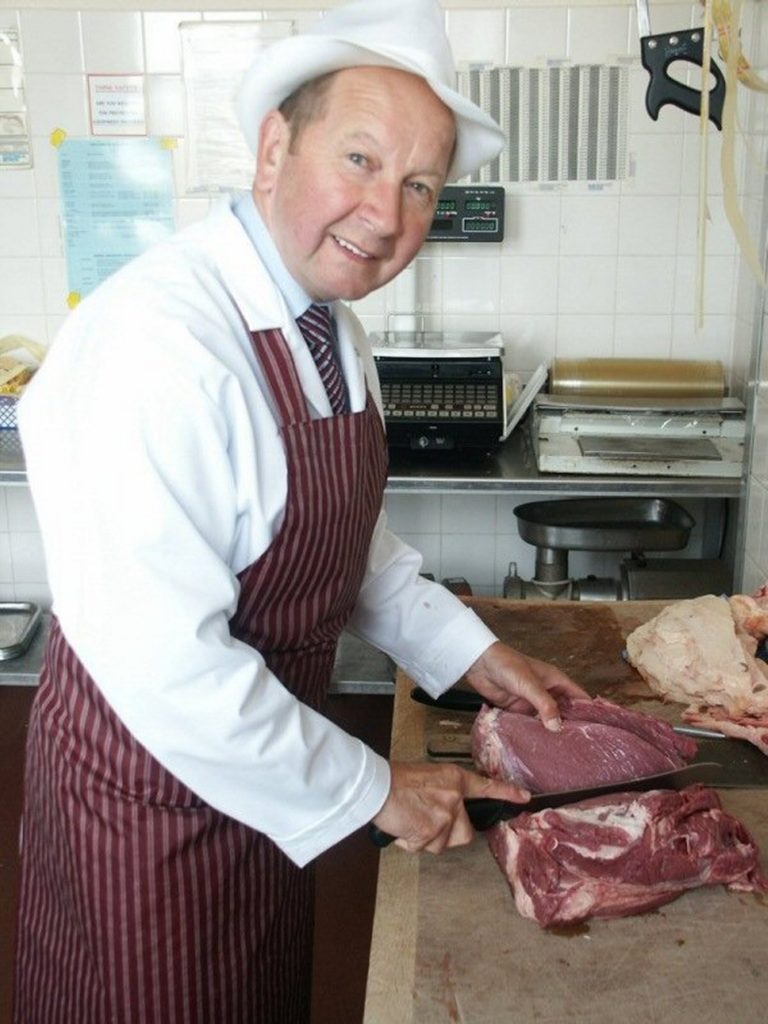
Photo by Jusben at Morguefile.com
We love shopping there because the butcher takes the time to chat with every customer – waiting in line is kind of a free French lesson. How is the family? Are your bunions bothering you? How will you prepare the stew? For how many people? Do you salt your food? Here’s what my doctor says about salting food. Let me tell you, your husband puts too much salt on his food (then the butcher’s wife adds in that all husbands salt their food too much.)
It’s like watching a French sitcom.
Sometimes the phone rings and the butcher answers it – it’s usually an order for a big meal. This leads to a long discussion between the person on the phone and the butcher and his wife. How many people do they need to feed? What spices will they use? Should they pick it up at 11:00? No, maybe 12:00. No, 11:00 would be better. Okay, they’ll come at 12:00.
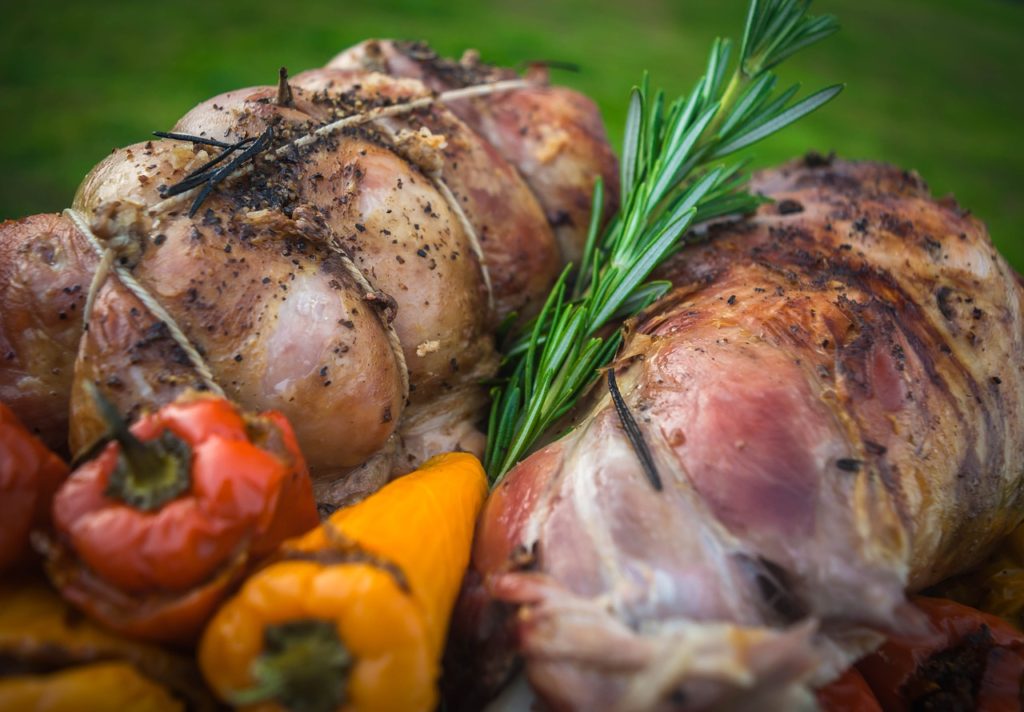
Once we went to the butcher to get a gigot d’agneau (leg of lamb.) We were having some friends over and figured a gigot would be easy to make in advance and would feed a large group.
We explained what we wanted. For how many people, the butcher asked. Ah, the gigot in my case is not large enough for your dinner for ten, he said.
So off he went to the back to get a larger one. He appeared two minutes later, not with a larger leg but carrying the entire back half of a lamb. Oh, my. But at least the wool had been removed.
This doesn’t happen where we live in California.
The butcher turned on his electric saw and in a couple of minutes the lamb was cut in half, feet removed, trimmed of excess fat, deboned, and tied with string.
Then came the cooking discussion. How were we preparing it? Our marinade and roasting met with his approval, but under no circumstances were we to use a temperature higher than 180 degrees Celsius. The butcher looked at us gravely to make sure we understood this important point.

And did we want the bones he had just removed? We should place them next to the lamb, cover them with some olive oil and butter, and add a full head of garlic, herbes de Provence, and salt. It would make a nice jus for the meat. This kind of advice is common in France.
If you are in a hurry, don’t go to a French butcher because you’ll be there for at least a half an hour. But if you do, the food will be delicious and the floorshow can’t be beat.


 There are a lot of great restaurants in Provence, with Michelin stars galore, like Le Petit Nice in Marseille and Baumanière in Les Baux. But for my money, the best fine dining in Provence is at L’Atelier de Jean-Luc Rabanel in Arles. Val and I go there every year to celebrate her birthday and it’s always great.
There are a lot of great restaurants in Provence, with Michelin stars galore, like Le Petit Nice in Marseille and Baumanière in Les Baux. But for my money, the best fine dining in Provence is at L’Atelier de Jean-Luc Rabanel in Arles. Val and I go there every year to celebrate her birthday and it’s always great.
